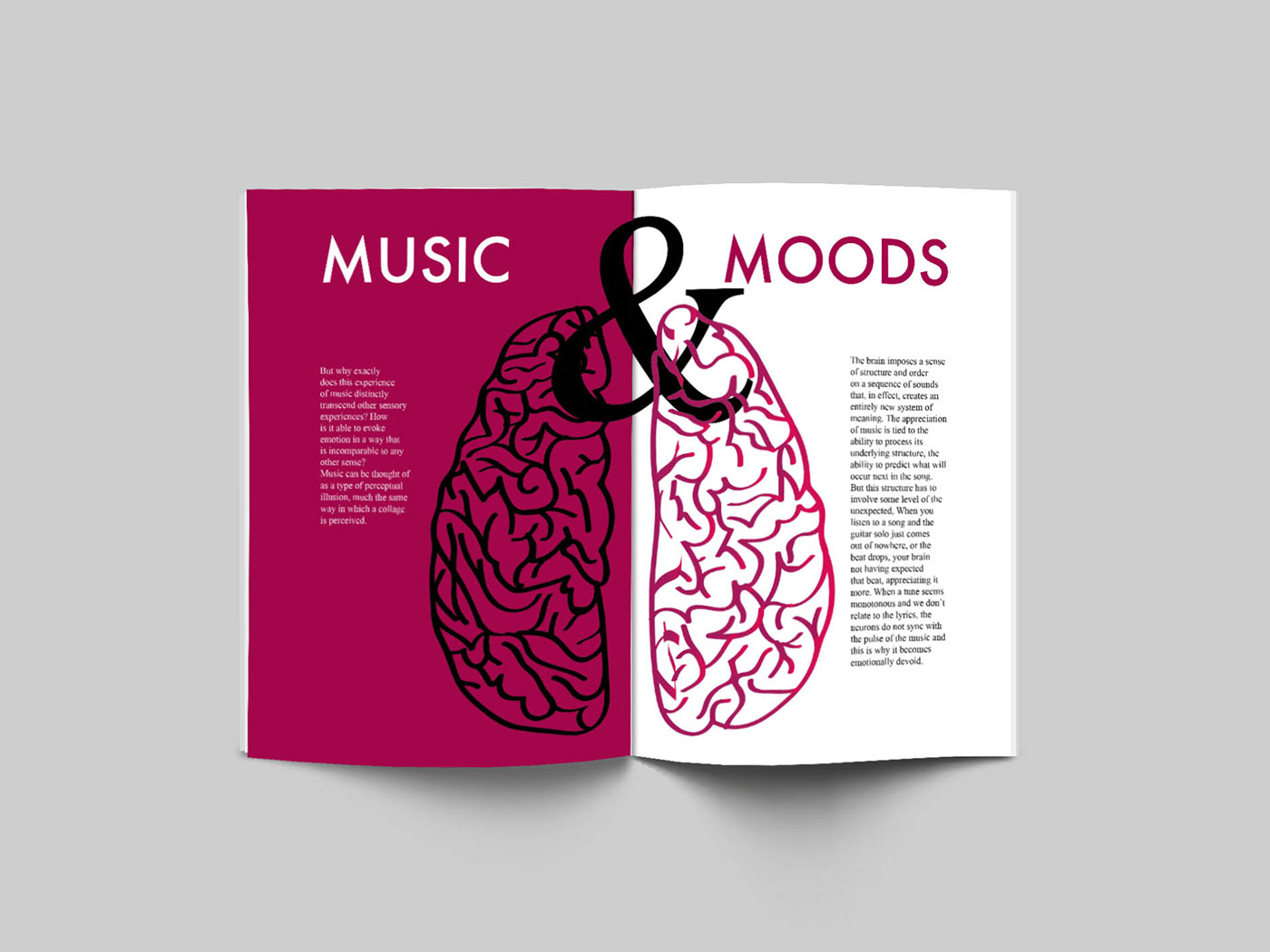VIBRATIONS
is a book that looks into the core of music and the numerous sound waves that it is made up of












Everything in this universe is made up of energy.
In 1905, Albert Einstein famously proved that we can break matter down into smaller components and when we do, we move beyond the realm of the material world and into a world that is filled with energy.
Amongst other forms of energy, One of the most interesting and perplexing, is Sound. Everything in the world is made up of matter. When these molecules that make up material are made to vibrate, they emit a sound.
Sound travels through mediums like air, water and solid matter in the form of longitudinal waves and are always generated from a sound source. Sound is everywhere, the starting of an engine, the call of a bird, people talking. They all emit vibrations in the particles present in the atmosphere, and it is the vibrations of these atoms that cause sound waves in the surroundings. These vibrations have certain properties that determine the characteristics of the sound.
When a sound source emits a sound with a high force, it has a larger amplitude. This means more energy is produced in the wave displacing the particles in the atmosphere more vertically. Therefore determining how loud the sound is. The smaller the amplitude, the smaller the waves and that leads to a softer sound.
Now the speed at which these vibrations are traveling determines its frequency. The shorter the distance between the waves, the higher the frequency.
And the higher the frequency of the sound wave, the higher the pitch of the sound. The lower the frequency of the sound wave, the lower the pitch of the sound.
Understanding how sound and its vibrations work leads us to the invention of instruments and analyzing how vibrations from these instruments could be manipulated.
which brings us to the Mersenne’s Law.
Marin Mersenne was a French mathematician and music theorist and through his 1637 work Traité del l'harmonie we can understand the relationship between frequency of a string and its length, weight, and tension.
Essentially, Mersenne’s explanation of a stretched string was that the longer the string was, the slower its frequency would be and hence, the low pitch of the sound. How tightly the string was stretched and the mass of the string remaining constant.
Mersenne also stated that the heavier this string was, the slower the frequency and hence, the lower the pitch of the sound. This time, Length and and tension of the string remaining constant.
This is why a Cello is much longer than a guitar. The longer and thicker strings give it a much deeper sound than that of the guitar.
Sound is everywhere. Rhythmic sounds which is essentially music has always been this amazing way of communicating between us human beings. Rhythm has its own language and coordinates movement and emotion in us, We have always related to it, connected to it. Our brain is made up of a billion cells called neurons and these neurons use electricity to communicate with each other. These billions of neurons are constantly sending each other signals, all at the same time and this produces an enormous amount electrical activity in our brains.
This electrical energy that our brain produces is graphed using electroencephalography (EEG) and this graph shows us our electrical activity through a brainwave pattern.
Brainwaves essentially decipher our emotions and state of mind at that point.They change according to what we’re doing and feeling. When slower brainwaves are dominant we can feel tired, slow, sluggish, or dreamy. The higher frequencies are dominant when we feel wired, or hyper-alert. Brainwaves have been categorized and accounted for. From Beta frequencies to Delta frequencies, each frequency implies the state of mind that the human being is in. For example the brainwaves of a person who is in a state of a deep R.E.M sleep would graph the brainwaves of a Delta frequency.
We actually have the power to tune our brainwaves to the frequency we desire. they sync to the rhythm and vibrations we listen to, causing our brainwaves to match the frequencies of the sounds.
But why exactly does this experience of music distinctly transcend other sensory experiences? How is it able to evoke emotion in a way that is incomparable to any other sense?
Music can be thought of as a type of perceptual illusion, much the same way in which a collage is perceived. The brain imposes a sense of structure and order on a sequence of sounds that, in effect, creates an entirely new system of meaning. The appreciation of music is tied to the ability to process its underlying structure, the ability to predict what will occur next in the song. But this structure has to involve some level of the unexpected. When you listen to a song and the guitar solo just comes out of nowhere, or the beat drops, your brain not having expected that beat, appreciates it more. When a tune seems monotonous and we don’t relate to the lyrics, the neurons of the brain do not sync with the pulse of the music and this is why it becomes emotionally devoid.
Music, though it appears to be similar to features of language, is more rooted in the primitive brain structures that are involved in motivation, reward and emotion. Whether it is the first familiar notes of The Beatles’ “Yellow Submarine,” or the beats preceding AC/DC’s “Back in Black,” the brain synchronizes neural oscillators with the pulse of the music (through cerebellum activation), and starts to predict when the next strong beat will occur.
Skilled composers manipulate the emotion within a song by knowing what their audience’s expectations are, and controlling when those expectations will (and will not) be met. This successful manipulation is what elicits the chills that make them feel a part of any moving song.
We have taken Sound and changed the way each and every one of us perceive it.
Creating a way for us to feel and emotionally relate to, or just simply appreciate this weave of vibrations that we call music.
The syncing of sound waves with our brain waves allows us to control our energies and emotions. Everything is made up of vibrations, waves causing all kinds of sounds coming from countless sources, because everything has a sound and even silence has a voice. A world which to me would look like what the Matrix would look underwater.







